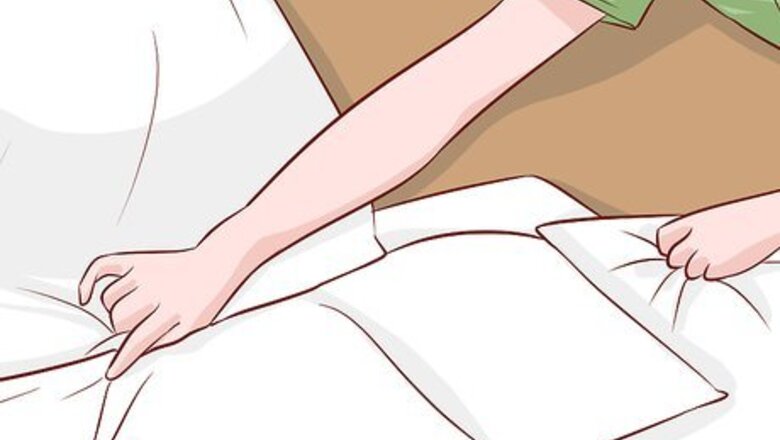
views
Protecting the Tattoo
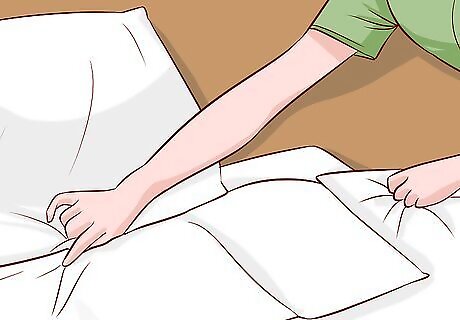
Put fresh sheets on your bed before you go to sleep. Old sheets contain dead skin cells and bacteria that could cause infection, especially when you stop covering your tattoo. Change your bedding before sleeping with your new tattoo. If you have enough sheets, put clean sheets on the bed every night. Use dark bedding instead of light-colored sheets since ink from your tattoo might stain the sheets.
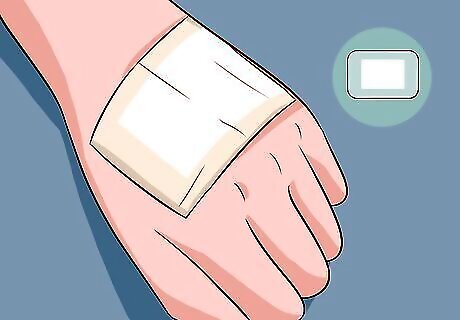
Follow your tattoo artist's care recommendations about wrapping. Ask your tattoo artist if you need to keep the tattoo covered while you sleep and when you should remove the wrapping. They might advise you to keep their bandage on for the first night before removing it. To put a new bandage on at home, you may be told to put a sterile absorbent bandage on the tattoo. If the bandage doesn't have adhesive, use medical tape to secure the bandage around the tattoo. Ensure that you don't apply tape to the tattoo, which would be painful to remove. Avoid wrapping the tattoo with plastic clingfilm because it traps sweat and bacteria against the tattoo.
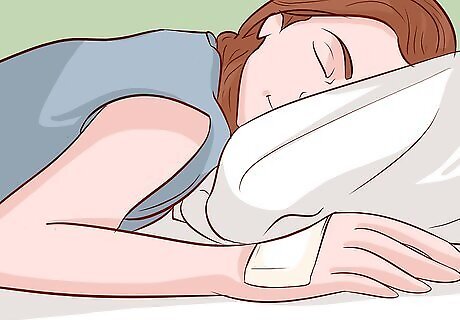
Choose a sleeping position that keeps you off of the tattoo. Your tattoo needs circulating air in order to heal faster. If you lie on the tattoo, you'll irritate the skin and trap moisture against it as you sleep. If you got a tattoo on your: Back, sleep on your belly. Side, lie on your opposite side. Chest, sleep on your back. Leg, raise your leg with a pillow or cushion.
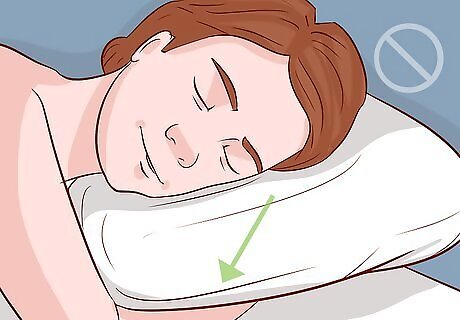
Wait 4 to 7 days before you sleep on your tattoo. Your tattoo will ooze and bleed for a few days after you get it. Avoid sleeping on the tattoo at this point since it needs air circulation. Once the new layer of skin has formed over your tattoo, usually after 4 to 7 days, you can begin to sleep on it. You'll also see the old skin scab and flake off, which can make the tattoo feel itchy.
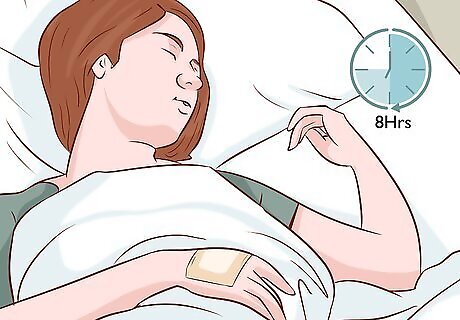
Try to get at least 8 hours of sleep. Since your body treats a tattoo like a wound, it's important to get more sleep than usual. This gives your body more time to recover and helps your tattoo heal faster. Remember that your immune system is responding to the tattoo, so support it by eating nutritious foods as well.
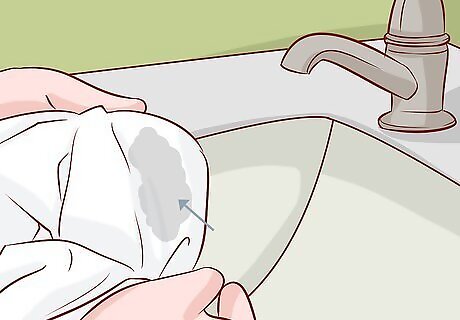
Wet any bedding that sticks to your tattoo during the night. If you wake up and see that your top bedsheet is sticking to your tattoo, do not pull it off, which could slow the healing process. Instead, hold the sheet and carefully walk to a sink. Get the sheet wet to loosen it and then remove the sheet. To prevent the bottom fitted sheet from sticking to your tattoo, lay a clean towel or cloth under you before you go to sleep. Then, replace the towel or sheet if it sticks to you during the night. If the sheet is stuck to a tattoo that's in a hard to reach place, such as on your back, get in the shower with the sheet stuck to you.
Making Yourself Comfortable

Wear loose clothing that doesn't rub against the tattoo. Your tattoo site is extra sensitive and might still be painful, which can make it difficult to sleep. Prevent scratchy fabric from pressing hard against the tattoo and wear loose, soft clothing to bed instead. If you prefer, don't wear pajamas if they cover your tattoo.
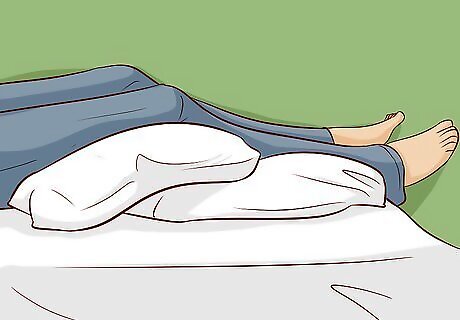
Arrange pillows under your knees to make sleeping on your back more comfortable. You're more likely to stay off of your tattoo if you have pillows or cushions that support you as you sleep. If your tattoo is on your chest and you're trying to sleep on your back, put small pillows or rolled-up towels under each of your knees. Add extra pillows under your head if you feel like you're leaning too far back on the bed. Raising your knees with the pillows supports your lower back so it's more comfortable.
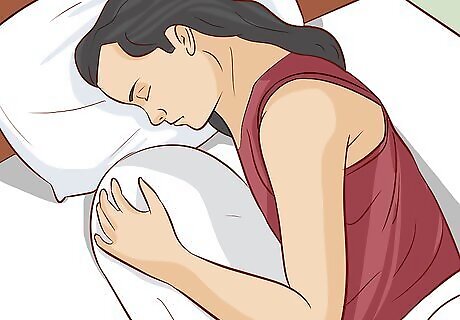
Put a pillow under your chest if you need to sleep on your belly. If your tattoo is on your back and you find that laying on your belly and chest is uncomfortable, slide a pillow under your chest. The pillow raises you up a little so you're not putting as much pressure on your chest If you're still uncomfortable, buy a specialized stomach sleeper pillow or a face-down pillow that has a hole for you to lay your head in.
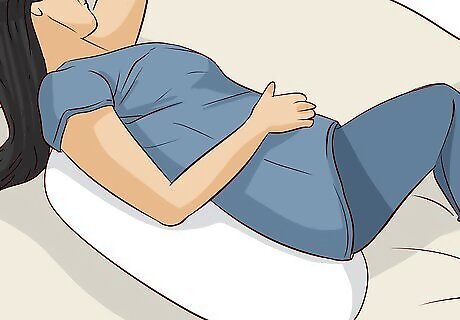
Place pillows in front and behind you if you're sleeping on your side. If you got a tattoo on 1 of your sides, lie on your opposite side. To prevent you from rolling over onto your other side, arrange a long pillow, bolster, or sleeping wedge near your chest. Put another 1 right behind you along your back. If it's difficult for you to position the pillows, ask a friend to help.

Sleep alone for the first few nights after getting the tattoo. If you share your bed with a partner, ask them to sleep in another room so you can get good sleep. This is especially important if your partner is a restless sleeper or you're getting used to different sleep positions. You might find that your support pillows take up a lot of space and there isn't as much room for your partner. If you have pets that get into bed with you, try to keep them out of your bed for the first few days after getting your tattoo. This will prevent animal dander and germs from getting into your new tattoo.
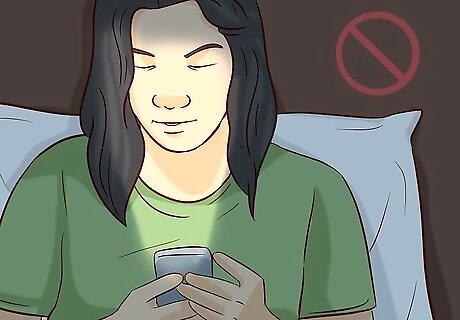
Create a soothing bedtime routine before you go to sleep. To help you fall asleep easier, avoid bright light from televisions, phones, or computer screens in the hour before you go to bed. Instead, do a relaxing activity, such as reading, yoga, or talking with a friend. Consider cutting back on caffeine during the day so you have an easier time drifting off to sleep.



















Comments
0 comment